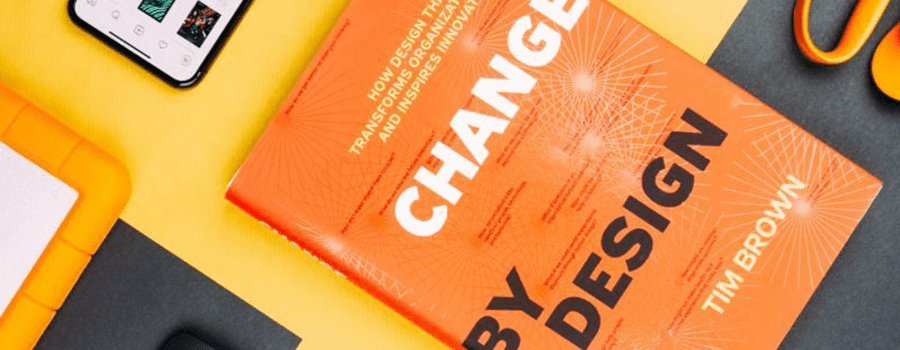Many authors are unfamiliar with working with designers, so they can struggle with finding the right designer and providing a good brief. Here’s some tips to help you out.
Finding a designer
Here are some tips to help you find a good book cover designer:
- As with most things these days, finding a designer is easy done on the internet. Designers have websites with portfolios on them, so these are a great place to start. Look around a number of sites and browse through a number of portfolios. Once you’ve found, say, three portfolios you like, get in touch with the designers and have a chat.
- Another way to find a good designer is to find a cover design you like and find out who created it. It should be written somewhere on the cover or inside the book.
- Discuss your book and your design needs with each designer and ask for their thoughts and ideas. You’re not just looking for a designer whose designs you like; you also want to find somebody you can work well with and get along with, and who understands what you are aiming for. If you find the right person this will likely become an ongoing relationship.
- As with any service provider you’re trying to find, if a designer doesn’t seem too interested in chatting to you about your book or you’re not happy with this initial discussion, it’s time to move on to the next person on your list.
- You should ask for samples of their previous work when comparing designers. After you’ve looked at their online portfolio, ask them to provide you with some printed books they have worked on. As well as assessing the designs, this will also allow you to assess the quality of the printing. Good designers are also very knowledgeable about printing, and will know how to prepare the material for their designs so that it prints well. Many designers will even arrange printing for you.
Briefing a graphic designer
Here are some tips to help you brief your designer:
- Providing your designer with a detailed brief is very important. You can’t simply say: ‘I want my book to be blue, with a picture of a jogger on the front and the writing in yellow’. You’re unlikely to get a design you’re happy with if that’s all the information you provide. The designer is responsible for coming up with a good design, but you’re responsible for telling them exactly what you want. They are experts in design but they are not mind readers.
- One of the most helpful things you can do is provide the designer with some designs that you like; so, provide the designer with three or four book covers you like and that reflect how you’d like your book to look. This is an excellent way to steer them in the right direction.
- Saying to a designer, ‘I’m not sure what I want but I’ll know it when I see it’, will lead to a long, frustrating and expensive design process. Don’t do this.
- If you have branding guidelines for your business book, provide these to your designer.
- When you brief your designer, include the following:
- Describe who the target market is for your book.
- Any preferences you have for images, colours and fonts.
- Specifications such as size and how many copies will be printed. (Your designer can advise on these issues if you need help.)
- Any deadlines you have.
- Initially your designer will usually send you four or five different design concepts to look at and discuss. At this stage, the design will no doubt need further refining. The designer will ask you which concept you prefer, and then you can discuss that concept and any required changes. The designer may send another two or three different ideas next time, and again you can narrow down and refine. This process is repeated until you are happy with the design, usually with fewer changes being made each time.
Good luck with your designs!



Leave a Reply